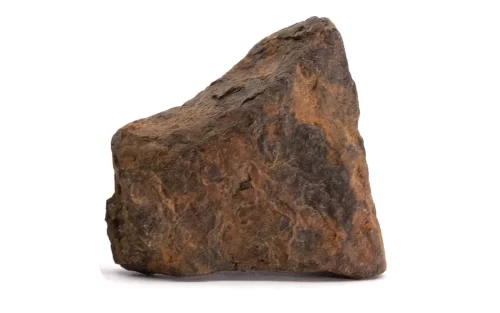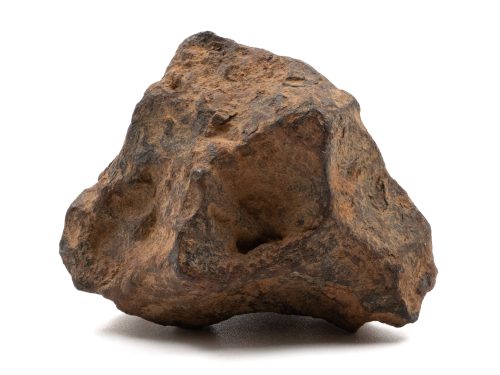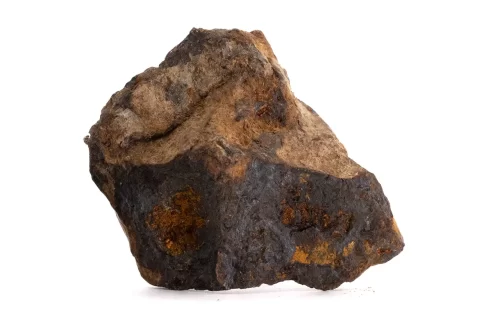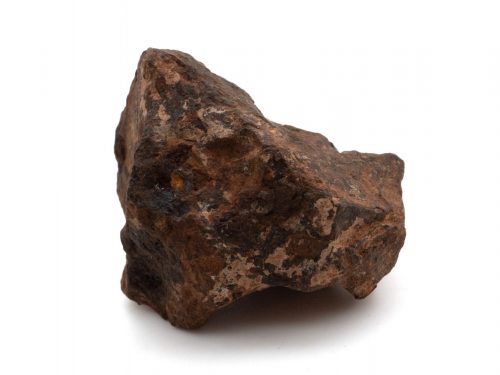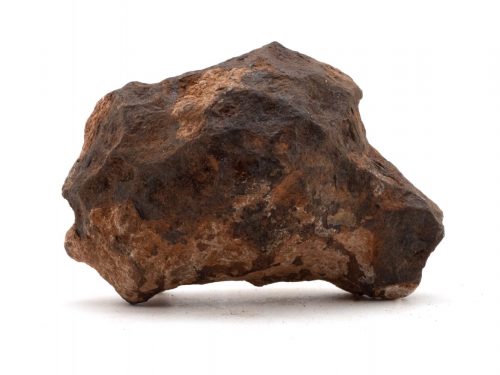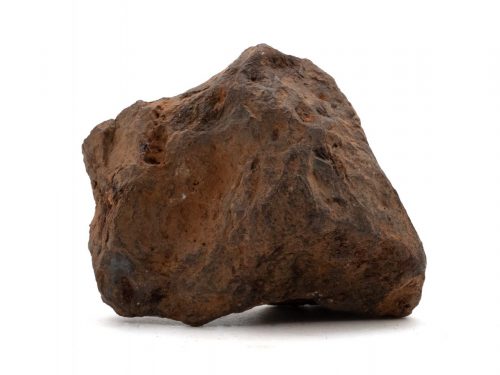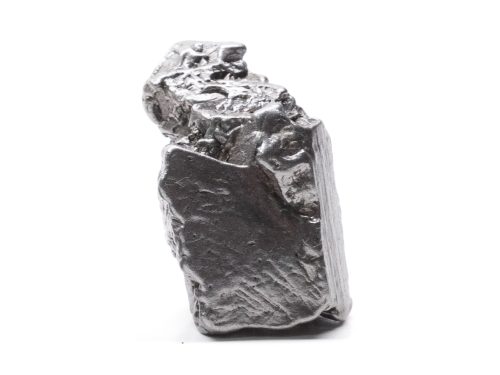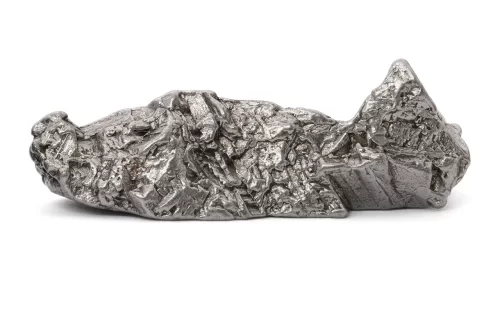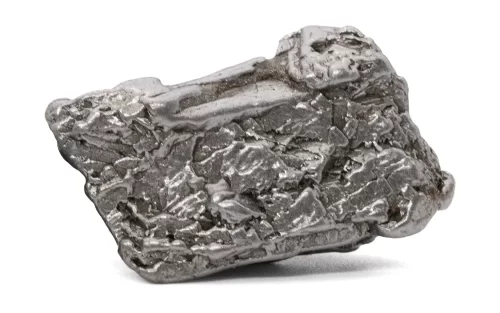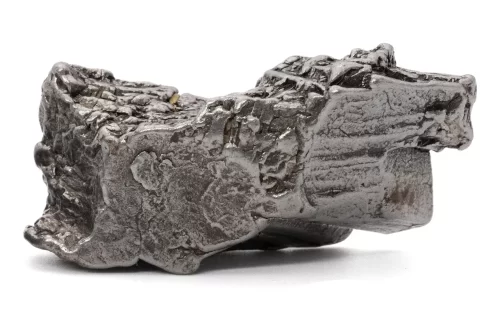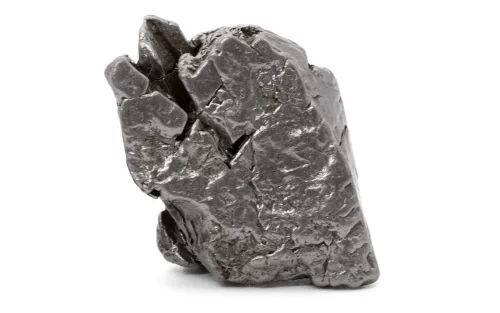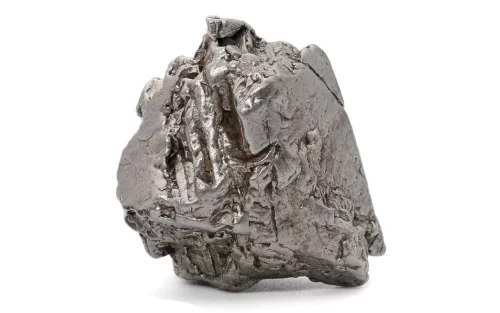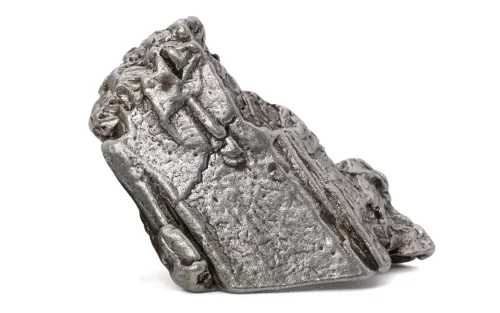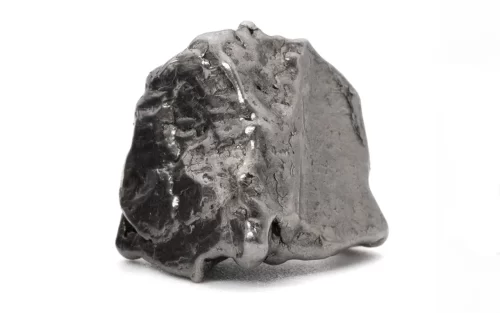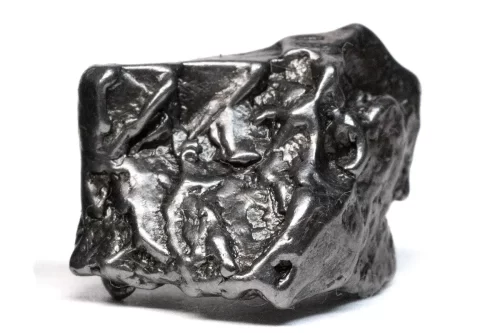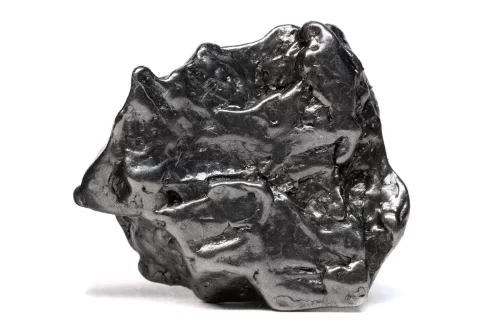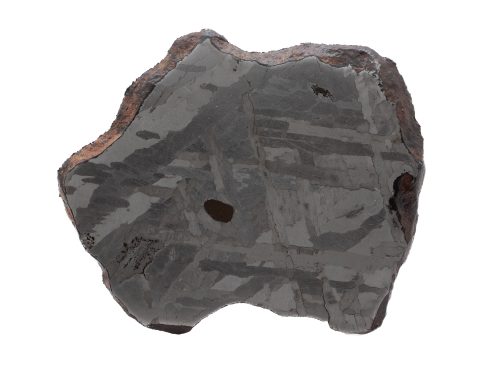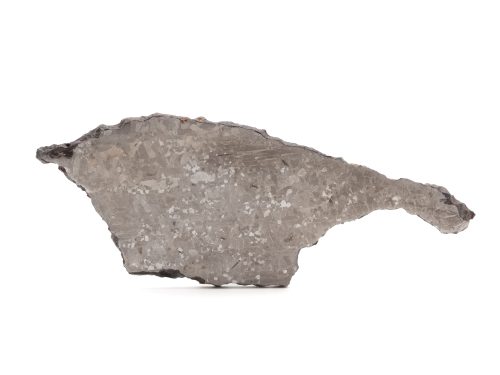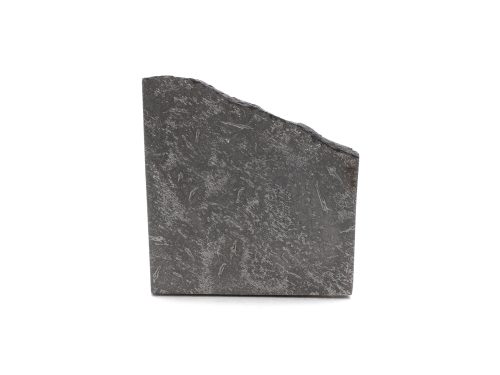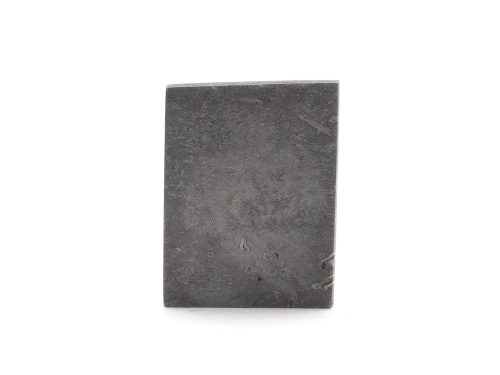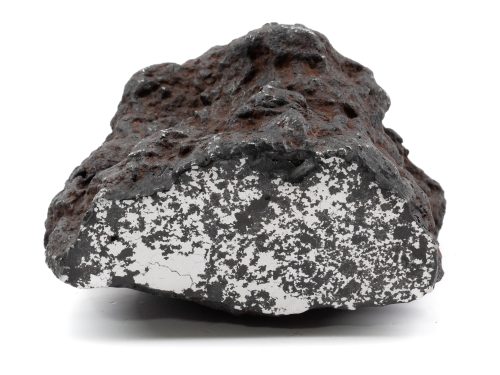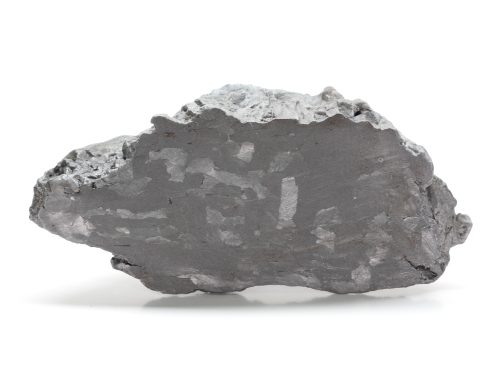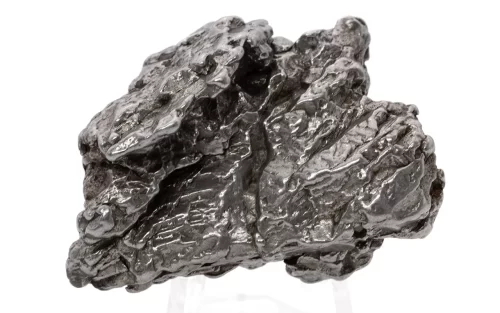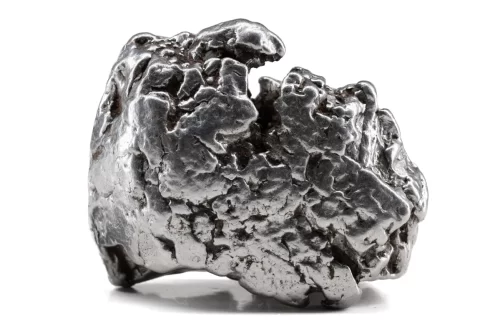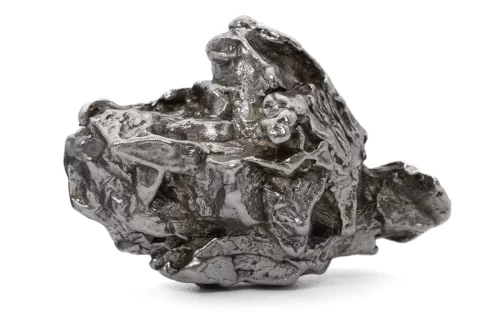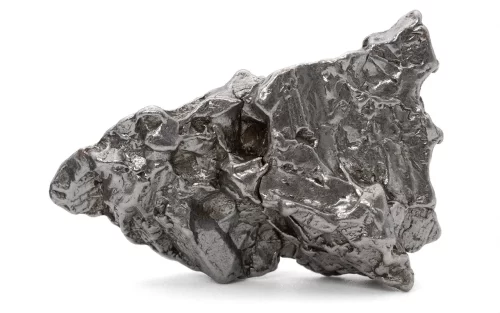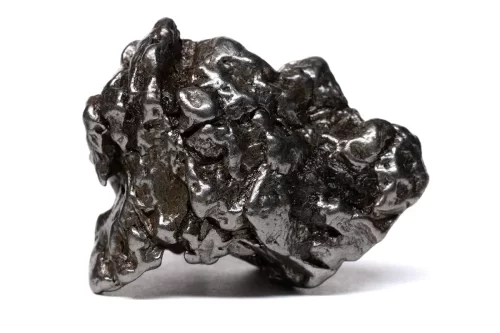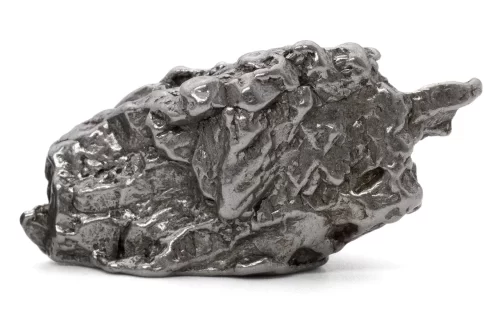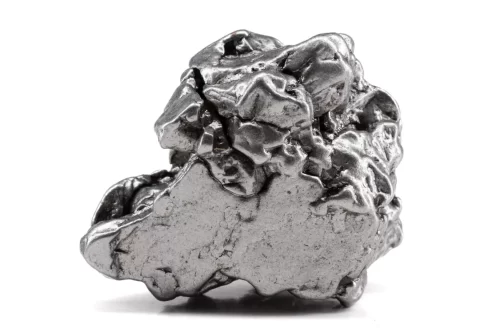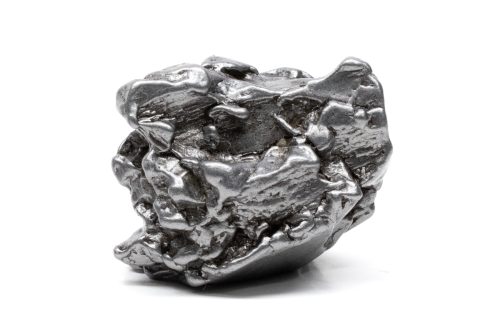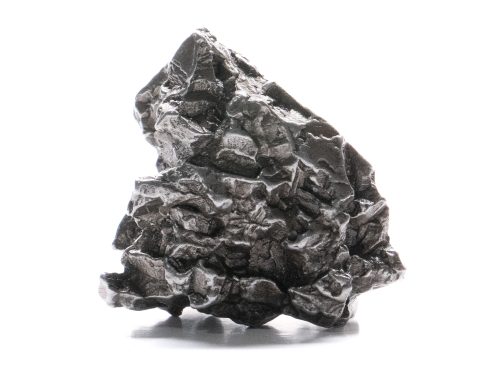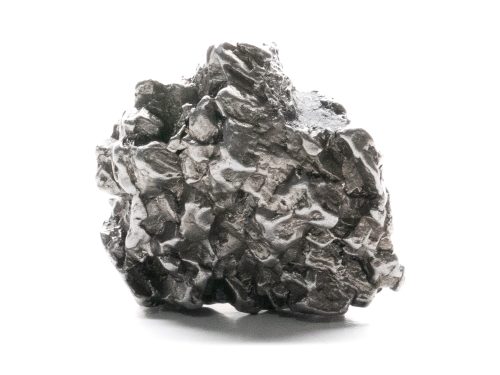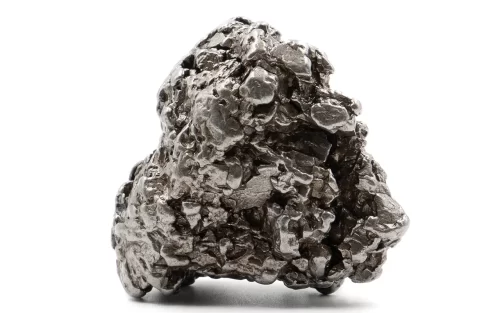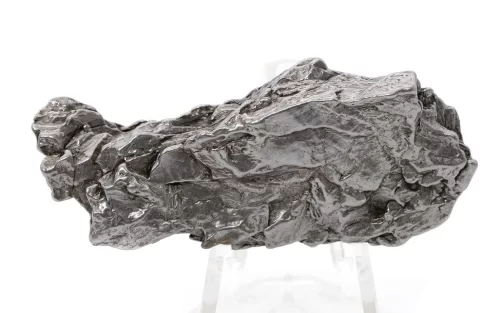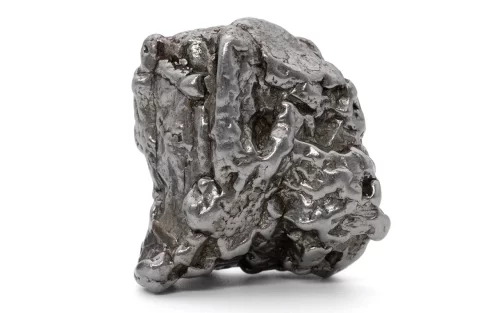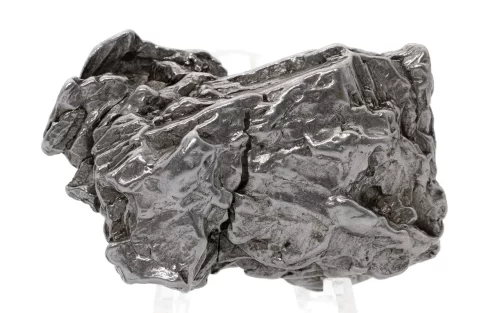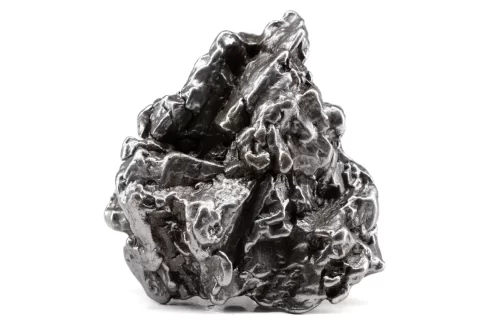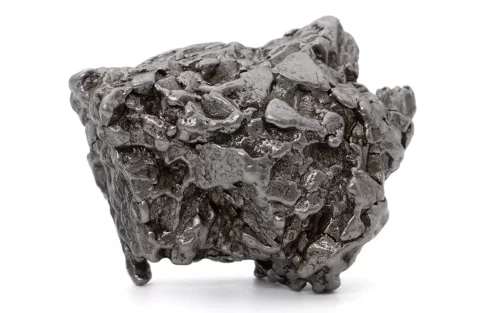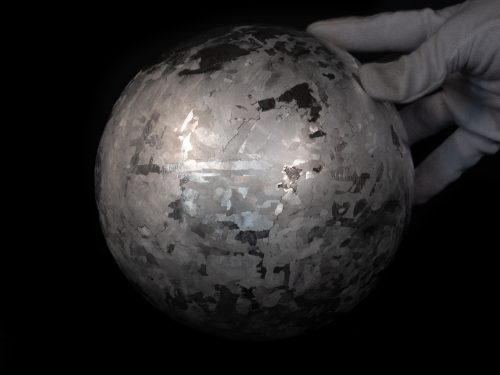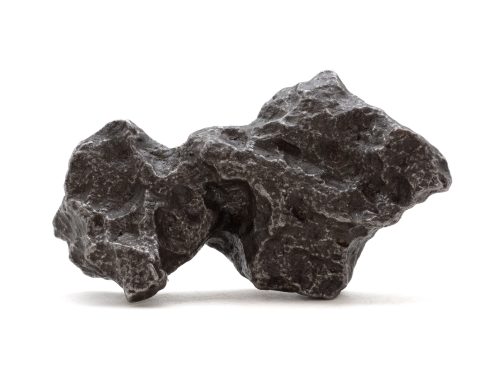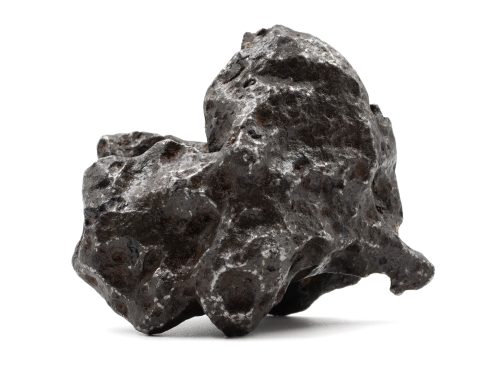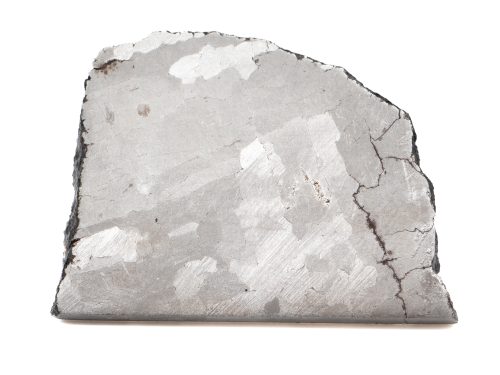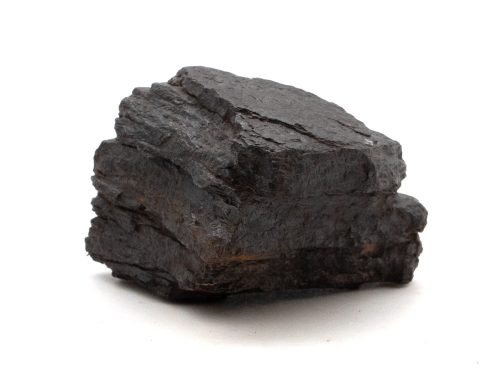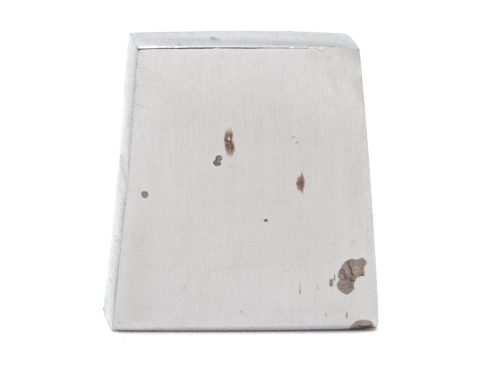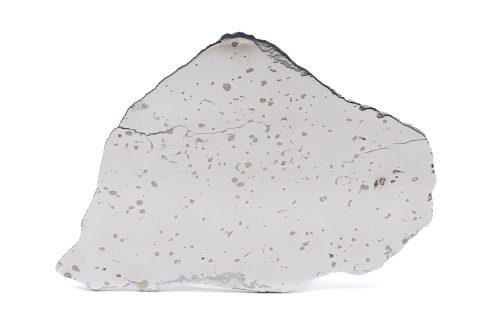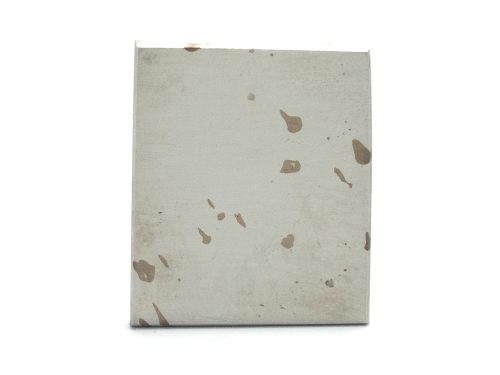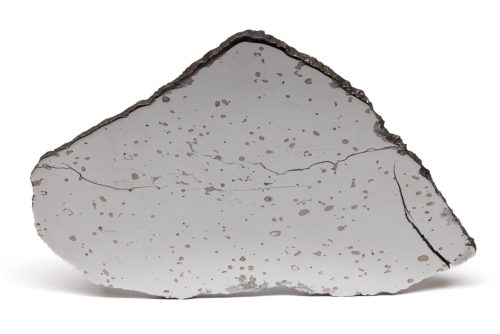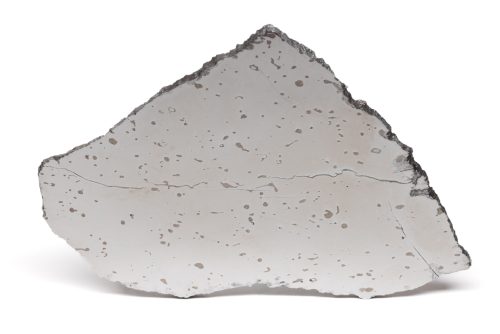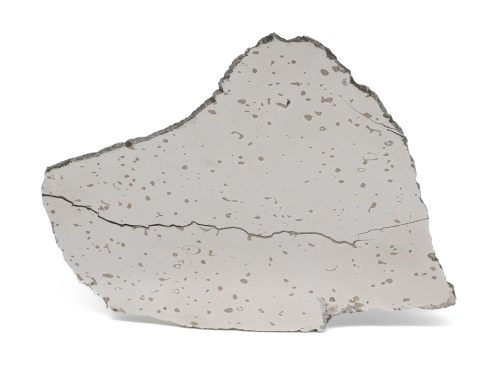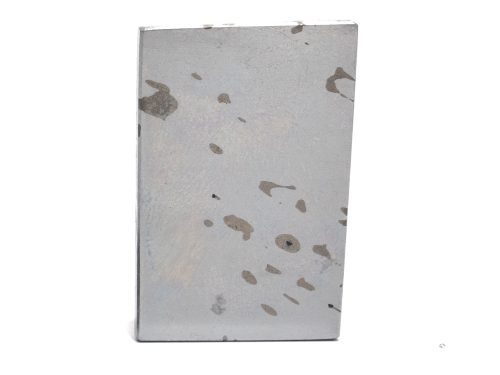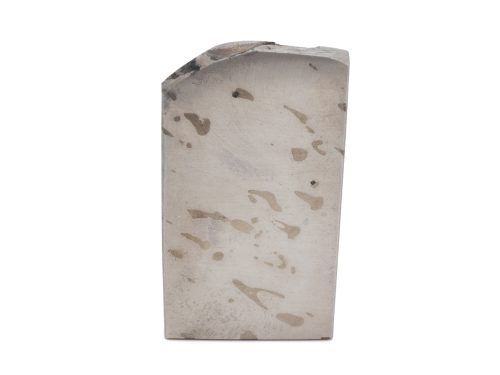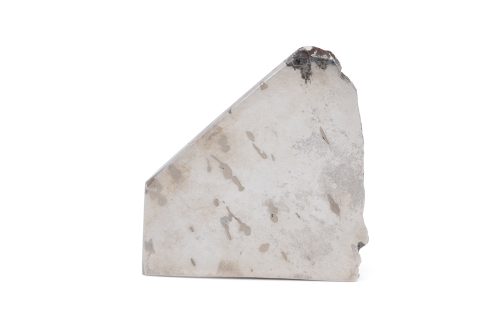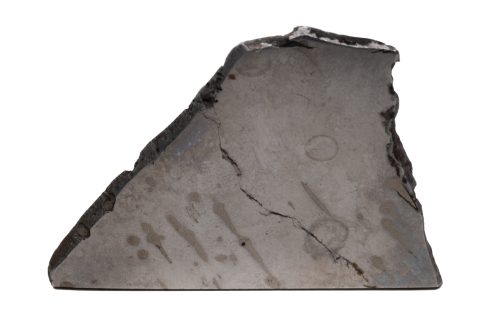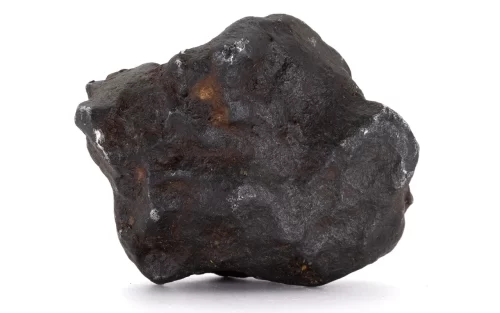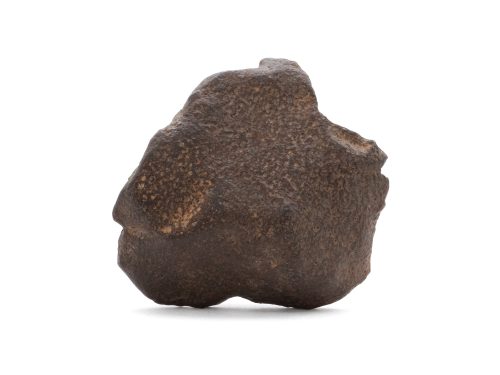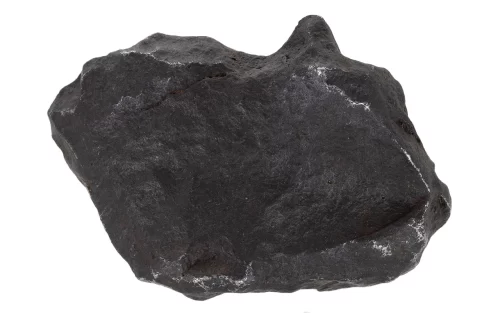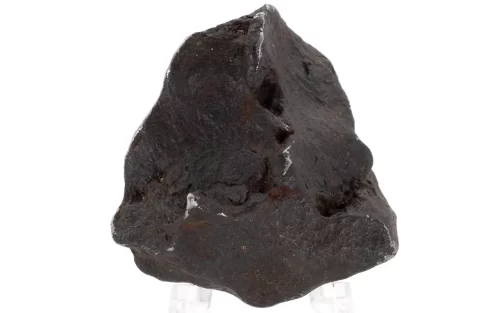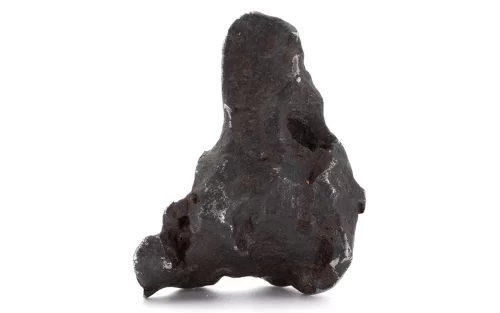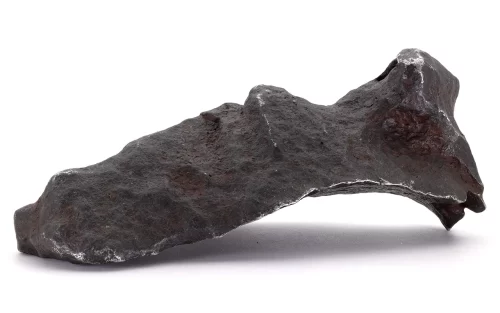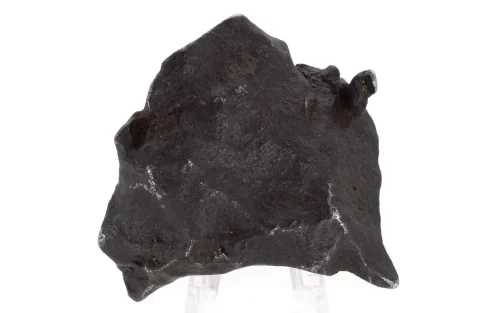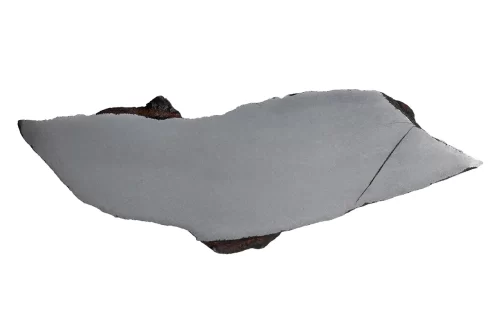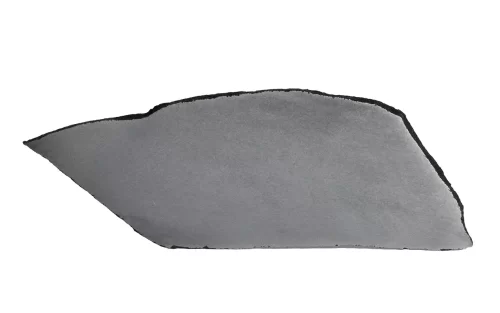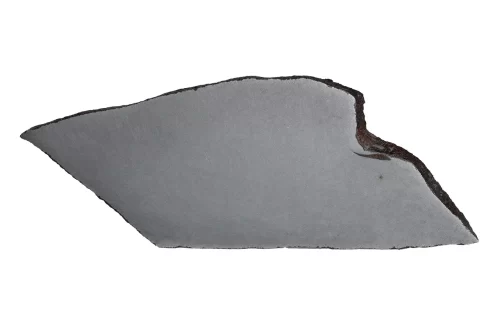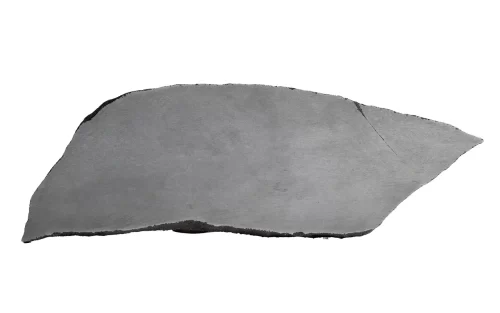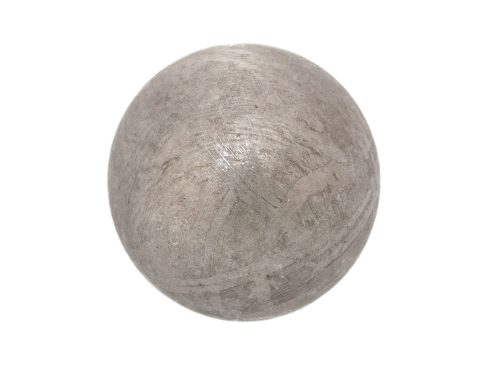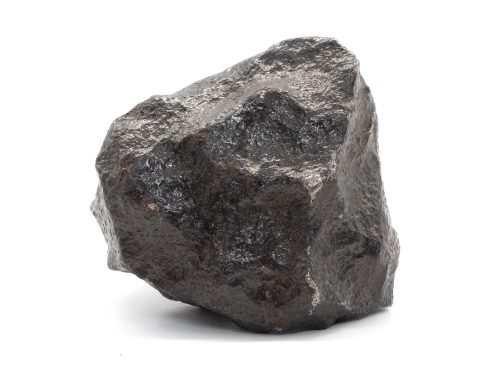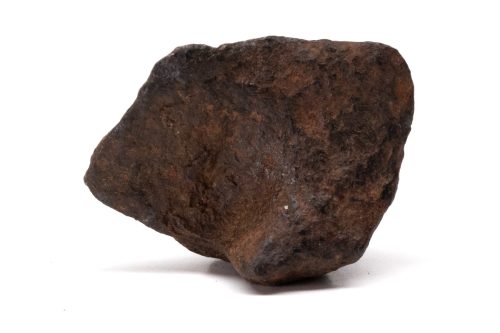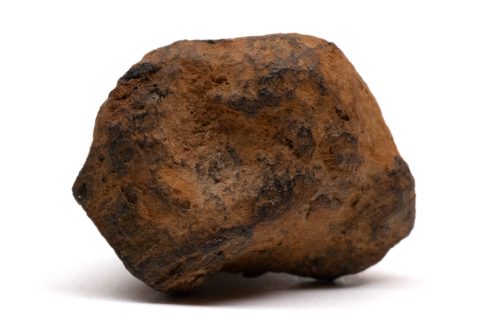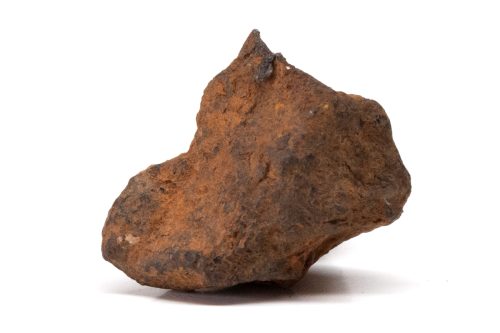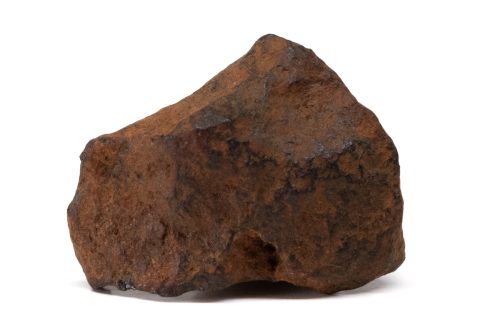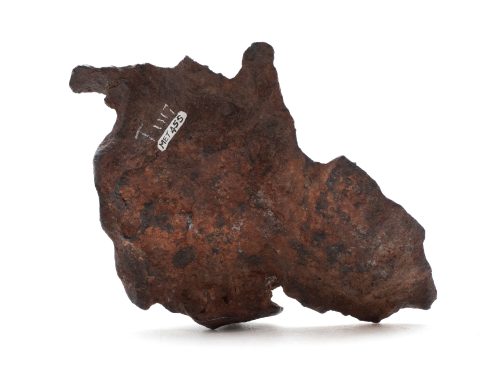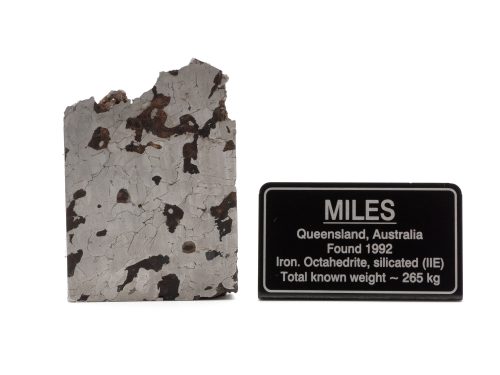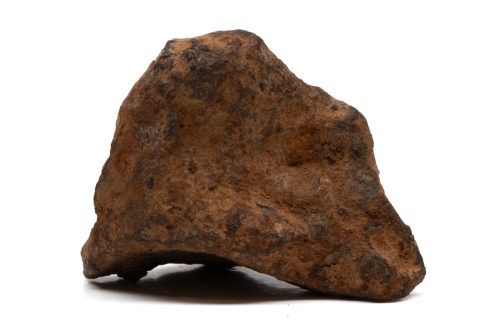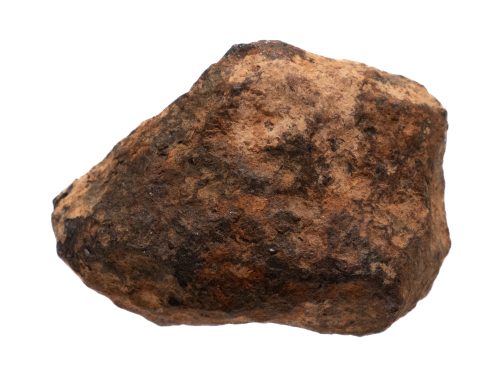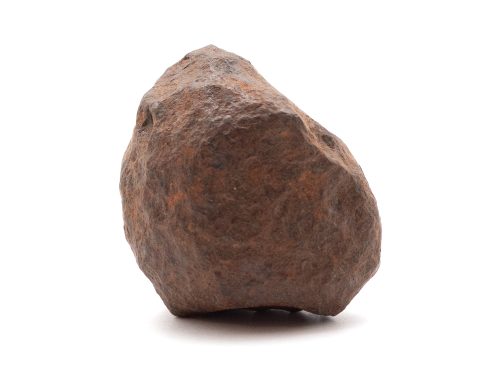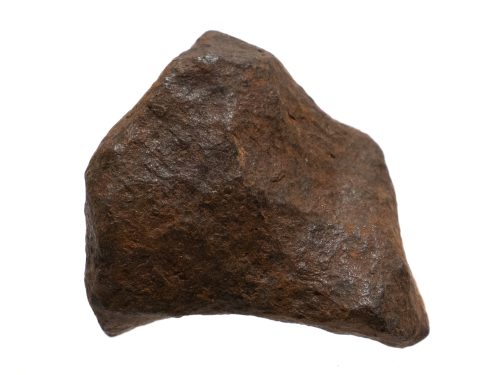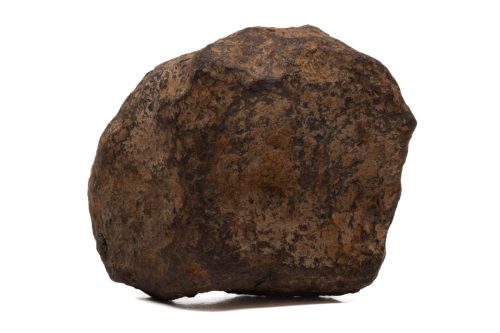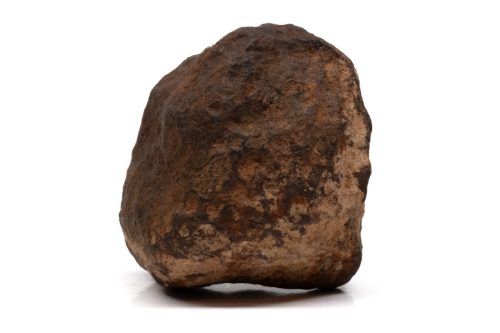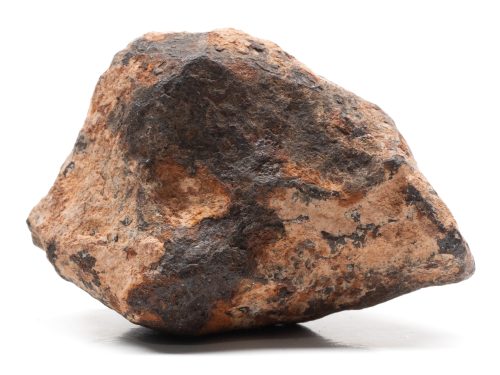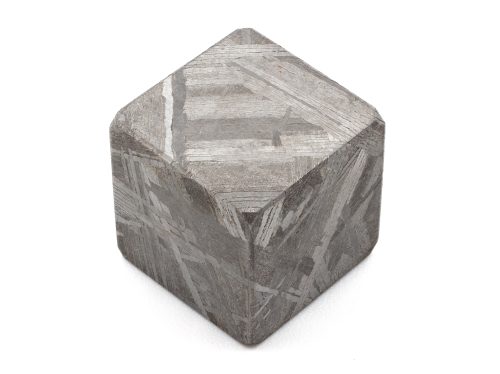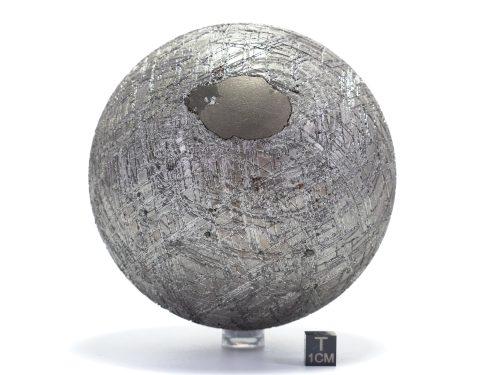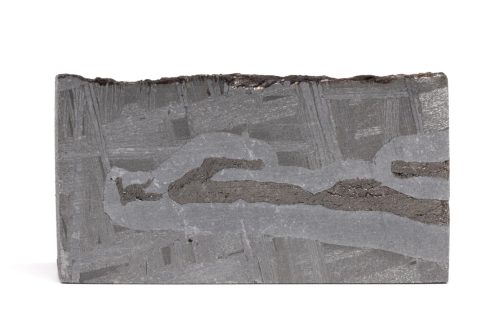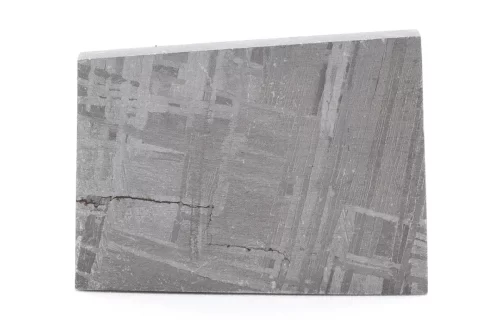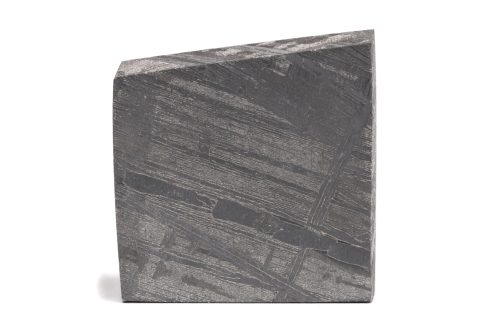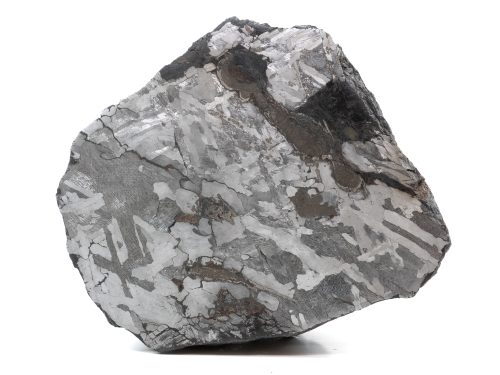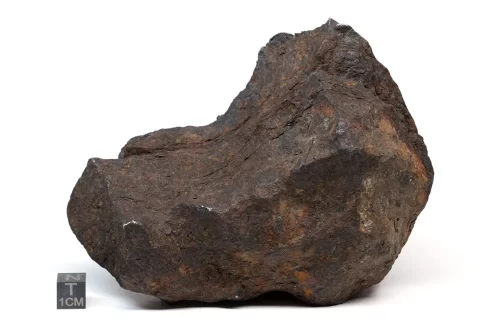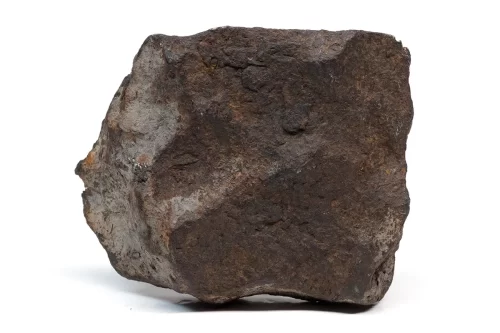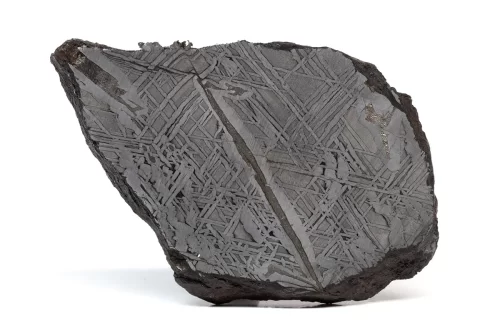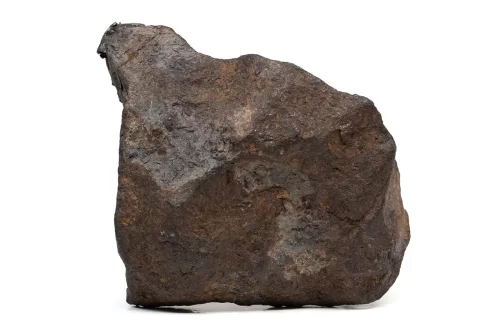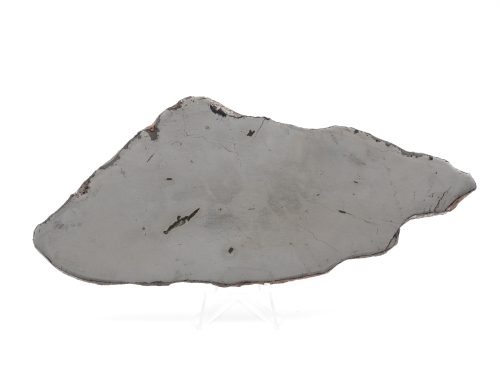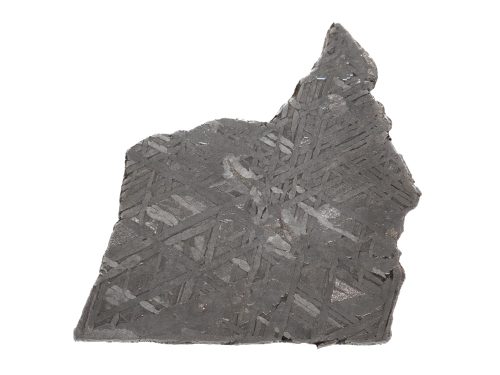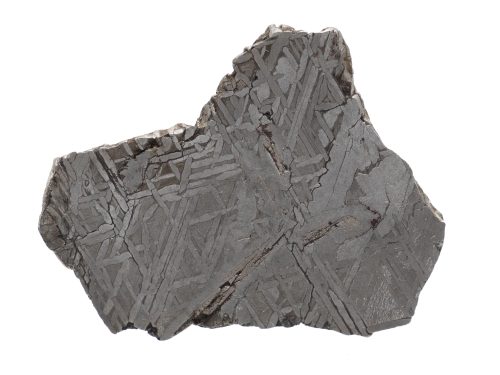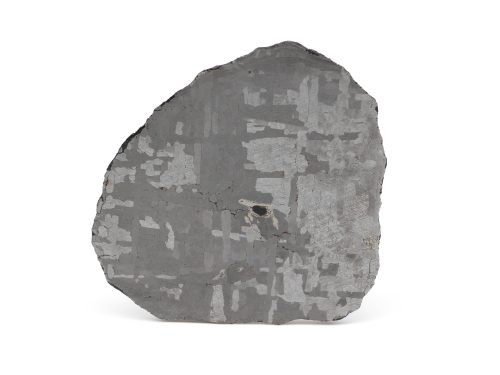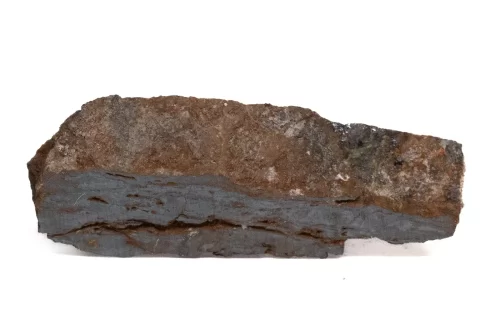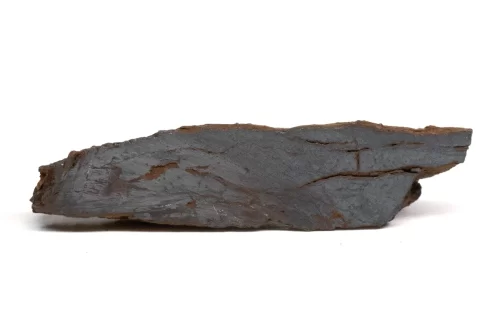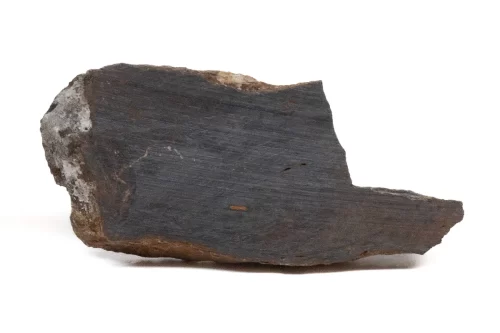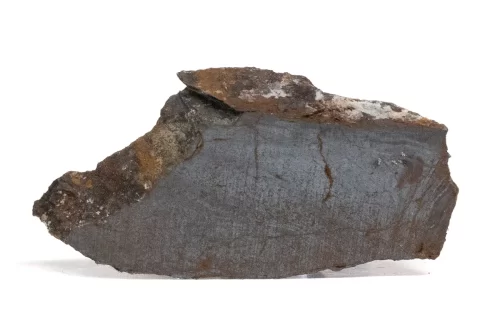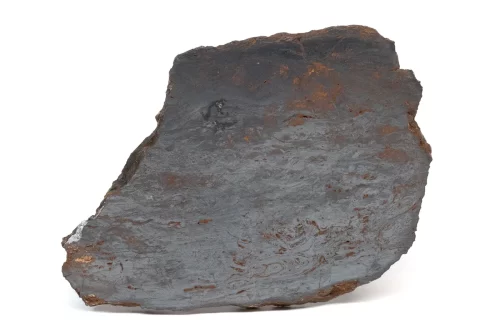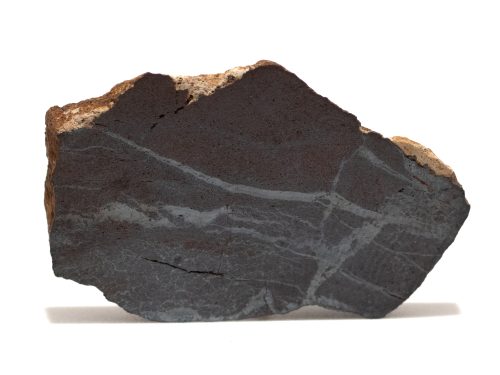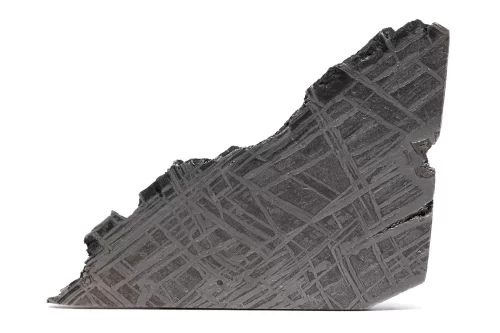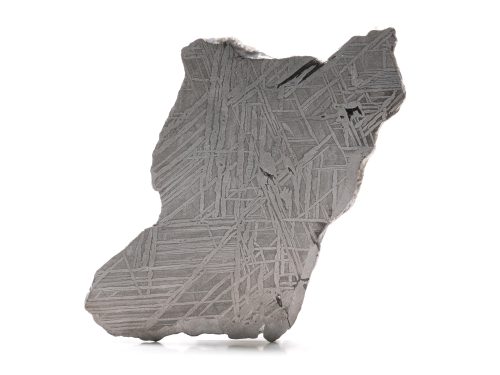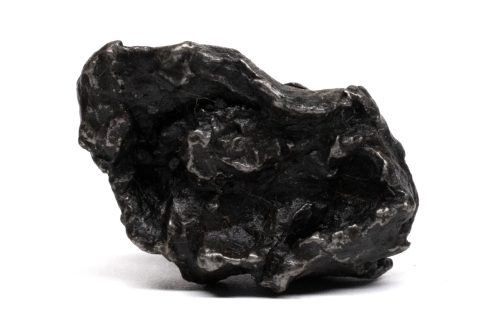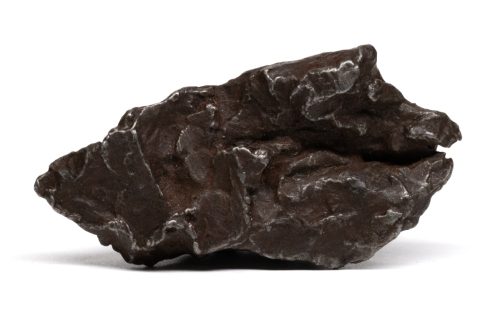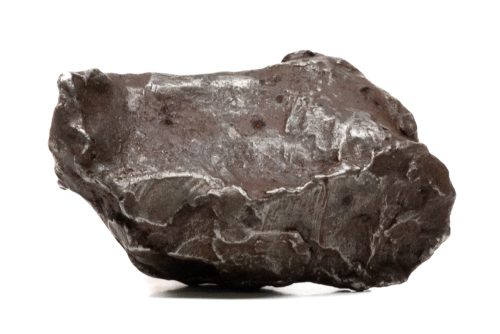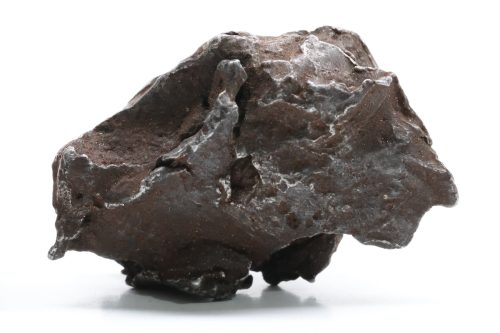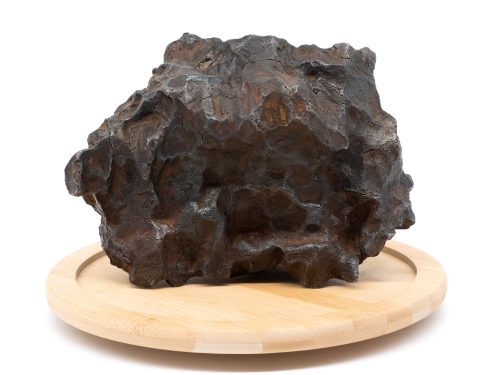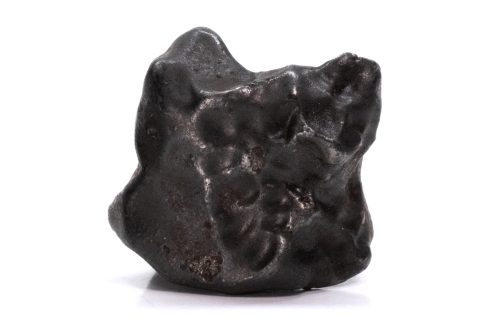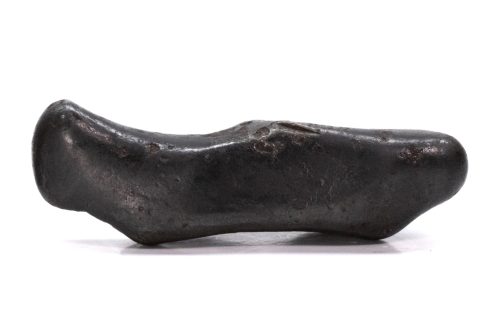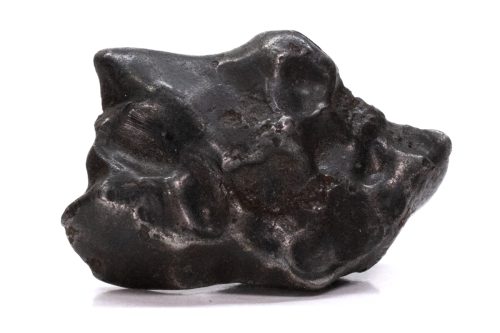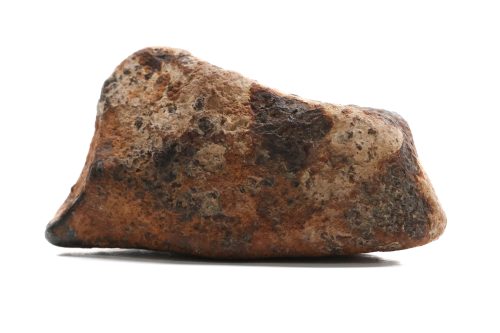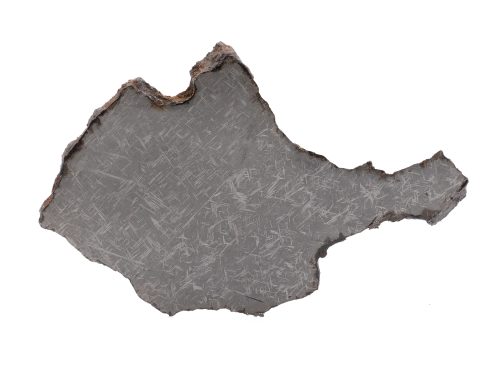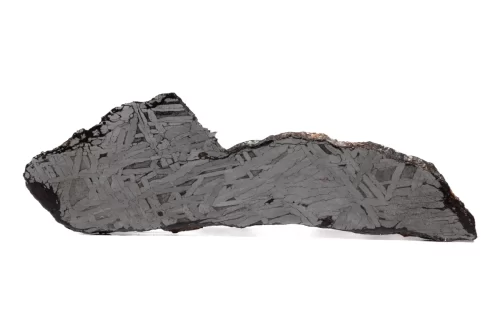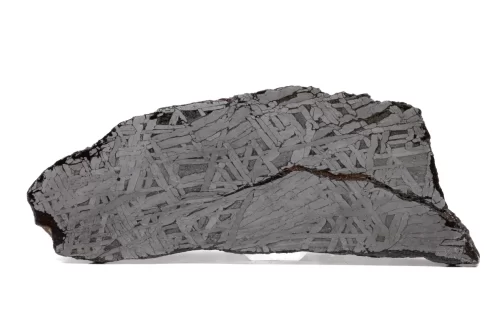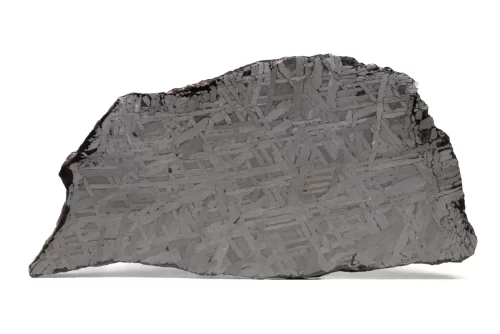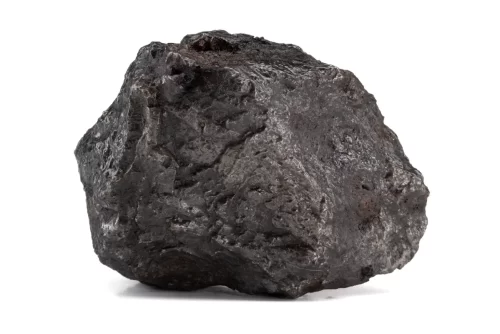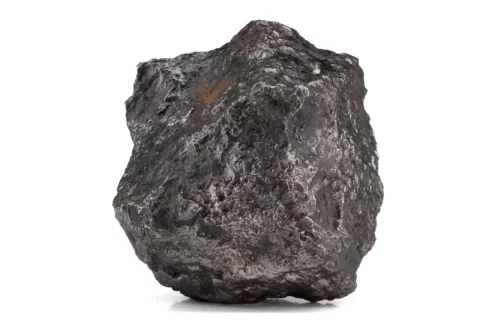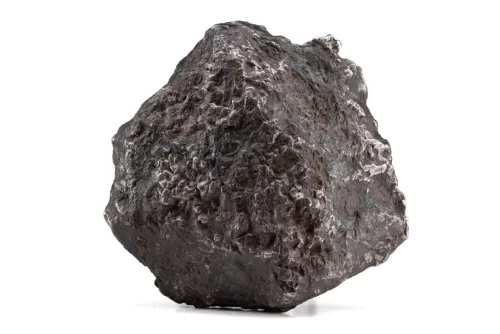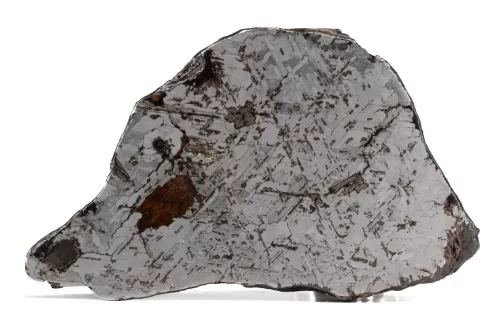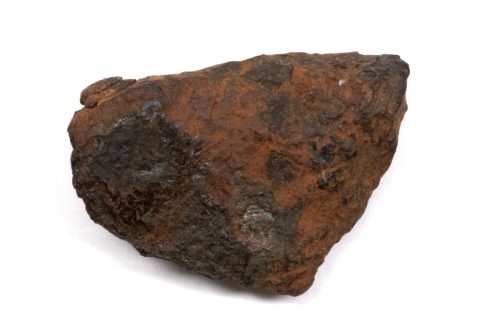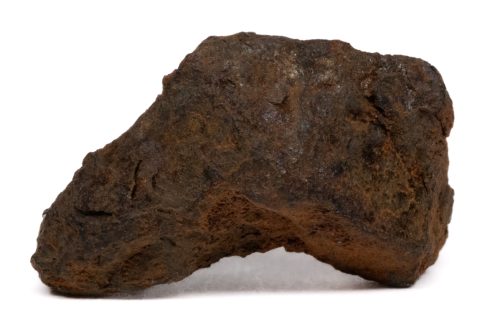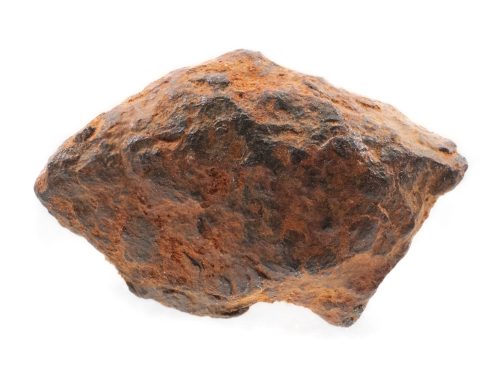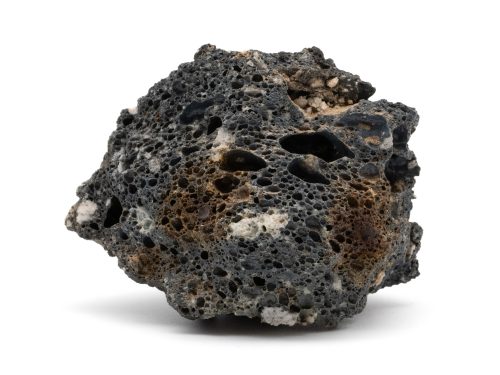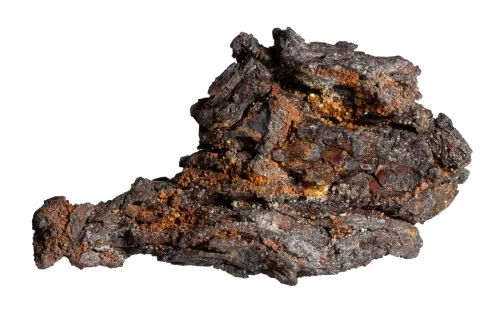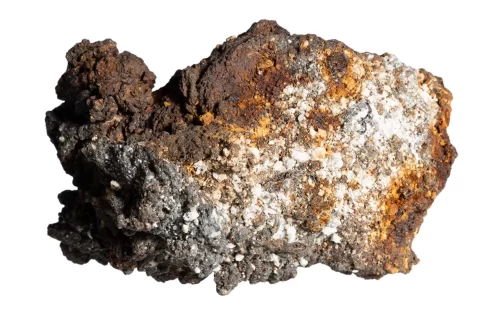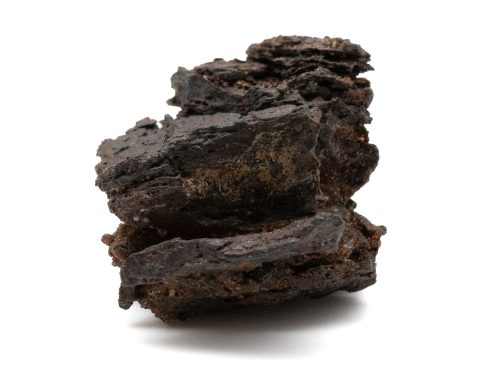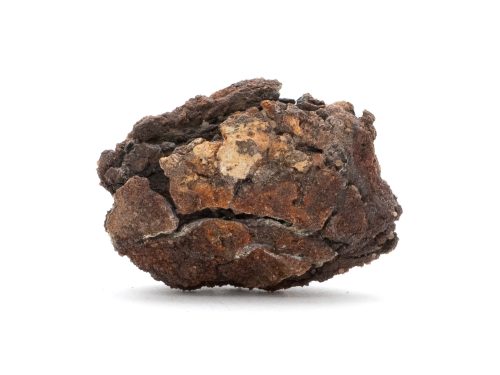Iron Meteorites For Sale

Museum quality Sikhote-Alin whole iron exhibiting impact pits, and fantastic shape.
The most visually intriguing of meteorites are also the heaviest and the most recognizable. They come to us from large asteroids with molten cores that once orbited the sun between Mars and Jupiter. Extremely slow cooling of those cores, over millions of years, allowed nickel-iron alloys to crystallize into fantastic geometric structures known as Widmanstätten Patterns. Much like snowflakes, the pattern of every iron meteorite is unique. Catastrophic collisions within the Asteroid Belt shattered some asteroids, sending pieces in all directions. Some of them eventually encountered Earth’s gravitational pull, resulting in a fiery journey through our atmosphere at speeds up to 100,000 miles per hour. Superheated to thousands of degrees Fahrenheit, the surfaces of these fragments melted to form beautiful sculptural indentations called regmaglypts or thumbprints — features that are unique to meteorites.
Our catalog of iron meteorites for sale is presented here, in alphabetical order. Click on any image for additional photographs. Specimens are fully guaranteed and we pride ourselves on outstanding customer service; contact us for additional information. We hope you enjoy this look at the remnants of the hearts of ancient asteroids.
Explore our wide collection of Iron Meteorites For Sale
Agoudal Aletai Arispe Baja California Balambala Campo del Cielo Campo/Las Palmas Canyon Diablo Dronino Gebel Kamil Gibeon Henbury Miles Mundrabilla Muonionalusta Nantan Northeast Africa 051 Northwest Africa 11446 Northwest Africa 6565 Odessa Pierceville Saint-Aubin Seymchan Siderites Sikhote-Alin Soledade Taza Toluca Trenton Uruaçu Veevers Wabar Wolf Creek
Agoudal Individuals
Aletai Crystals
Campo del Cielo Individuals
-
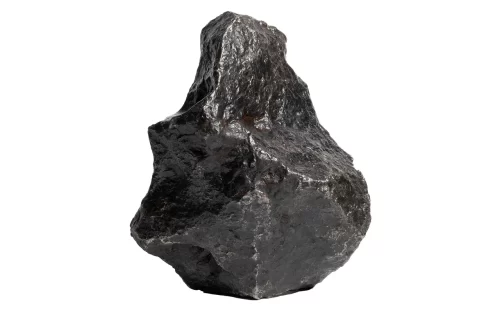
Campo Del Cielo 1,094.0g
$656.00 Add to cart -

Campo Del Cielo 1,149.0g
$689.00 Add to cart -
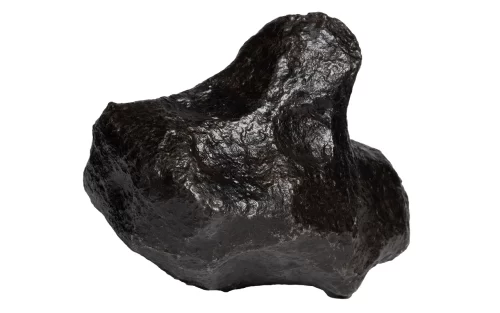
Campo Del Cielo 1,252.0g
$752.00 Add to cart -
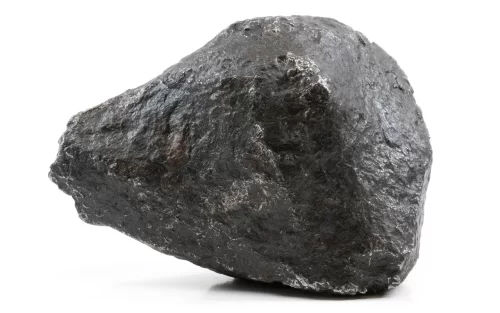
Campo del Cielo 1,280.0g
$640.00 Add to cart -
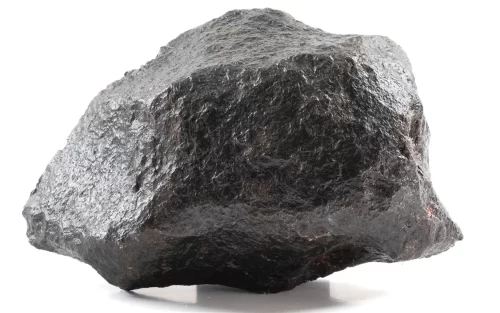
Campo Del Cielo 1,321.0g
$661.00 Add to cart -
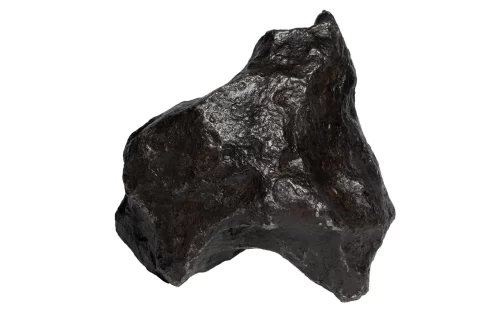
Campo Del Cielo 1,360.0g
$815.00 Add to cart -
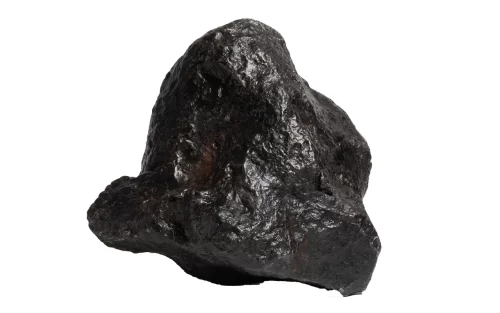
Campo Del Cielo 1,553.0g
$930.00 Add to cart -

Campo Del Cielo 1,851.0g
$1,110.00 Add to cart -

Campo Del Cielo 1,954.0g
$1,173.00 Add to cart -

Campo del Cielo 10.4kg
$6,240.00 Add to cart -
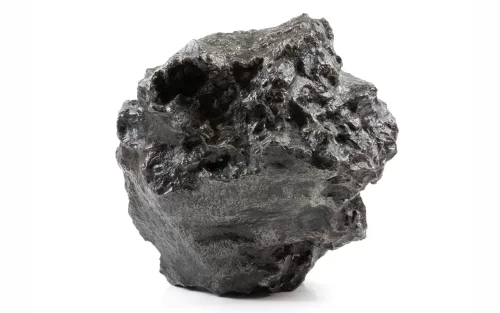
Campo Del Cielo 17.8kg
$8,900.00 Add to cart -
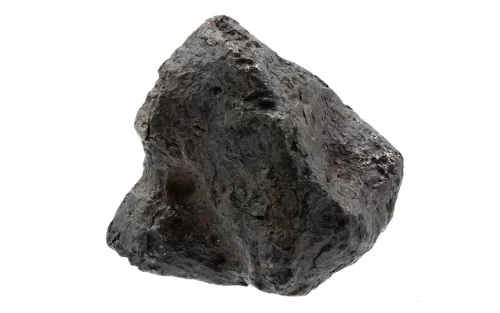
Campo Del Cielo 2,600.0g
$1,300.00 Add to cart -

Campo Del Cielo 2,800.0g
$1,400.00 Add to cart -

Campo Del Cielo 3,800.0g
$1,900.00 Add to cart -

Campo del Cielo 38kg
$32,295.00 Add to cart -
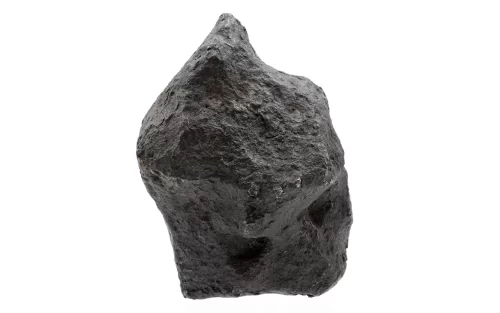
Campo Del Cielo 6,400.0g
$3,200.00 Add to cart -
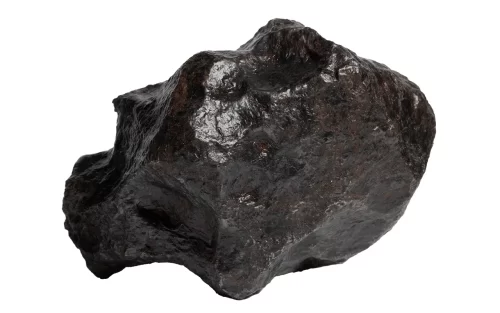
Campo Del Cielo 731.0g
$511.00 Add to cart -
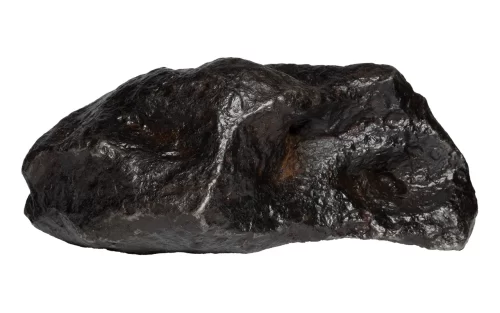
Campo Del Cielo 966.0g
$627.00 Add to cart -
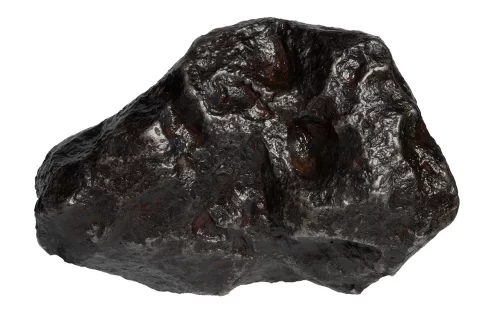
Campo Del Cielo 987.0g
$640.00 Add to cart
Campo del Cielo Slices
Campo Crystal
Canyon Diablo Individuals
-
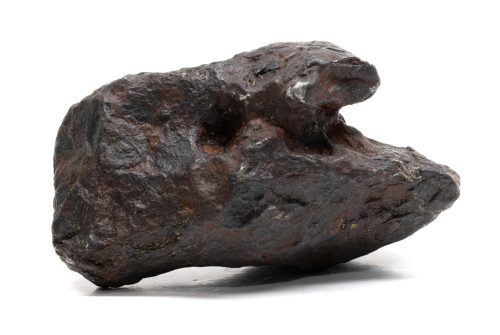
Canyon Diablo 153.9g
$305.00 Add to cart -

Canyon Diablo 2,096.0g
$5,795.00 Add to cart -
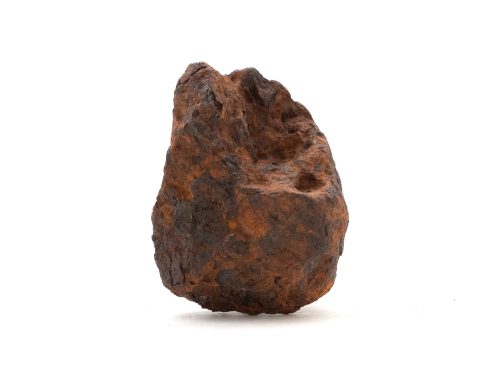
Canyon Diablo 256.2g
$512.00 Add to cart -
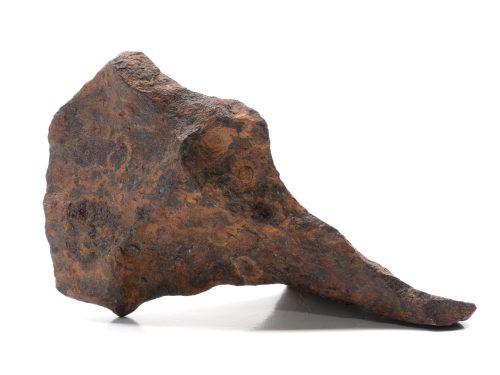
Canyon Diablo 267.3g
$599.00 Add to cart -
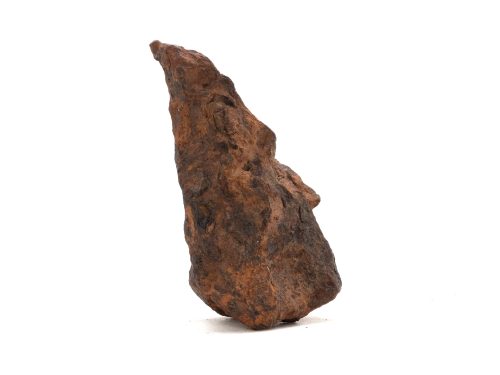
Canyon Diablo 292.9g
$598.00 Add to cart -
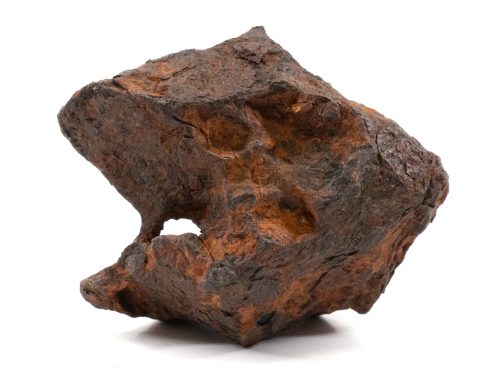
Canyon Diablo 304.2g
$1,750.00 Add to cart -

Canyon Diablo 391.9g
$738.00 Add to cart -
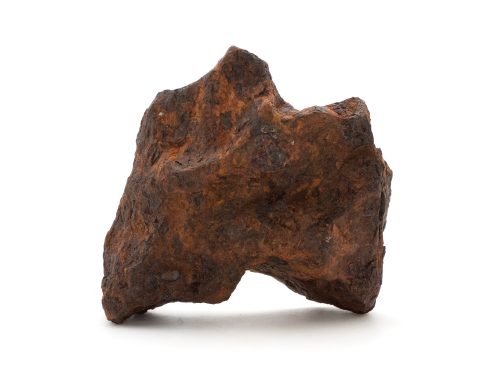
Canyon Diablo 478.9g
$957.00 Add to cart -

Canyon Diablo 53.6g
$134.00 Add to cart -
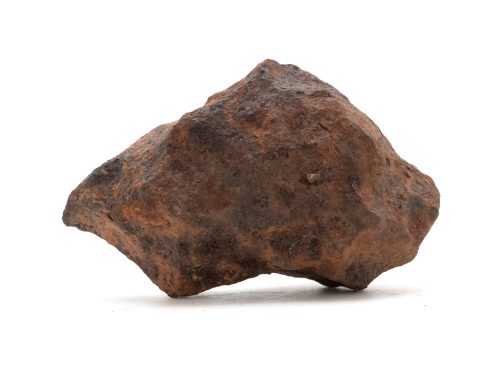
Canyon Diablo 536.1g
$1,070.00 Add to cart -

Canyon Diablo 614.9g
$1,380.00 Add to cart -
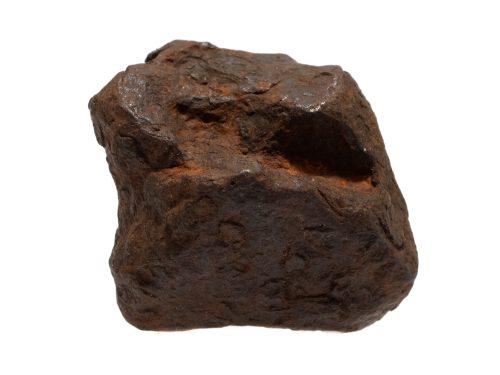
Canyon Diablo 63.0g
$158.00 Add to cart -
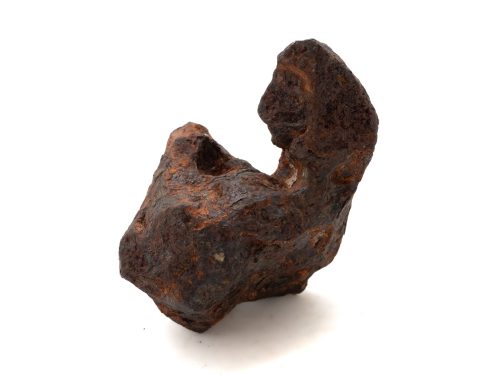
Canyon Diablo 875.2g
$1,750.00 Add to cart
Canyon Diablo Oxide
Dronino Slices
Gebel Kamil Slices
Muonionalusta Slices
-

Seymchan 15.3g
$46.00 Add to cart -
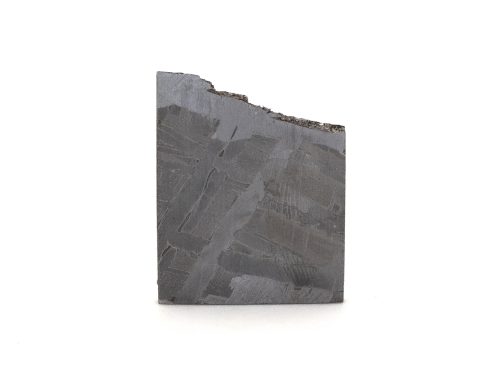
Seymchan 16.3gr
$49.00 Add to cart -

Seymchan 21.6g
$65.00 Add to cart -

Seymchan 21.8g
$65.00 Add to cart -

Seymchan 22.8g
$68.00 Add to cart -
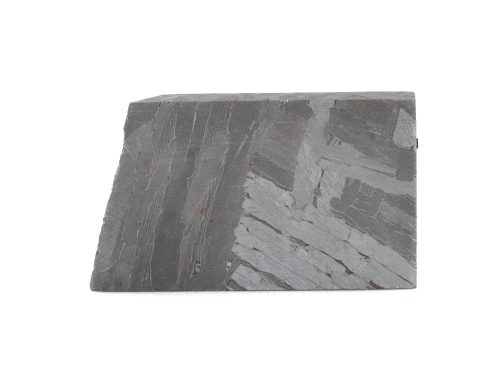
Seymchan 26.9g
$81.00 Add to cart -

Seymchan 27.4g
$82.00 Add to cart -

Seymchan 28.0g
$84.00 Add to cart -
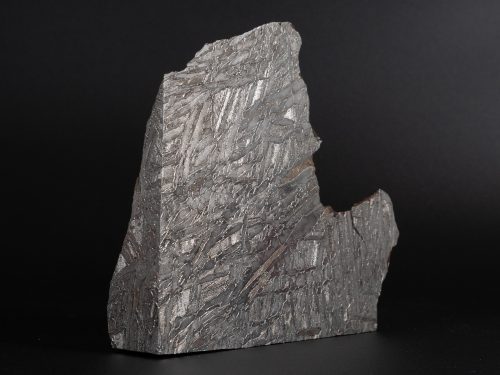
Seymchan 3,894.0g
$8,975.00 Add to cart -

Seymchan 30.4g
$91.00 Add to cart -

Seymchan 30.5g
$92.00 Add to cart -

Seymchan 37.1g
$111.00 Add to cart -

Seymchan 37.7g
$113.00 Add to cart -
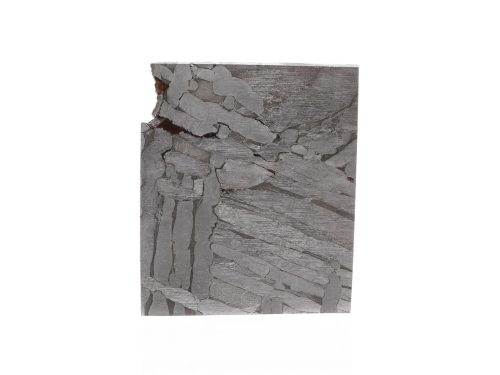
Seymchan 39.51g
$119.00 Add to cart -
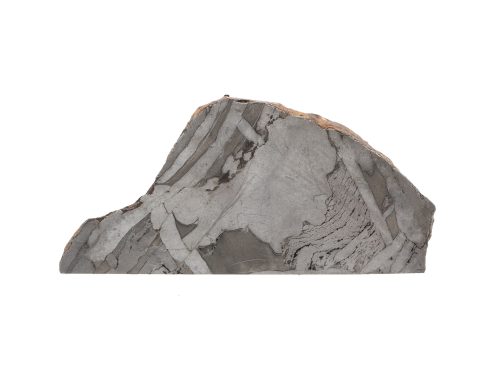
Seymchan 39.5g
$119.00 Add to cart -

Seymchan 45.0g
$135.00 Add to cart -

Seymchan 45.2g
$136.00 Add to cart -
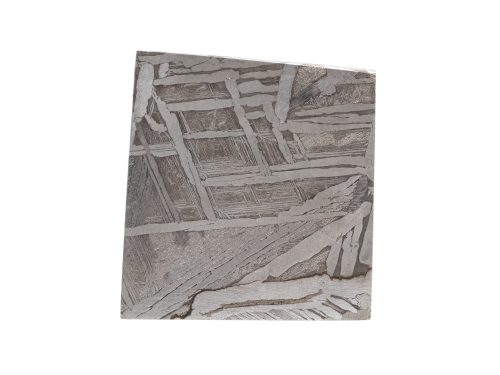
Seymchan 72.1g
$216.00 Add to cart -
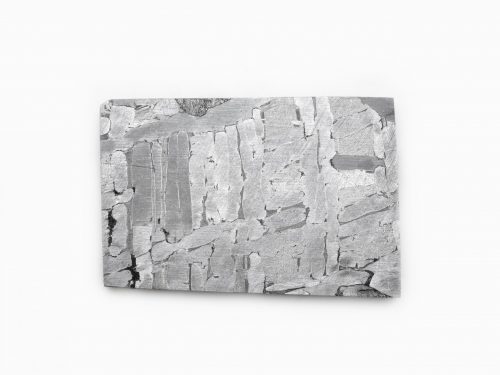
Seymchan 33.6g
$99.00 Add to cart
Sikhote-Alin Shrapnel
-
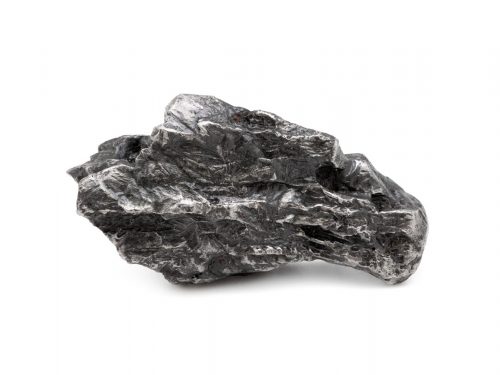
Sikhote-Alin Shrapnel 107.9g
$188.00 Add to cart -
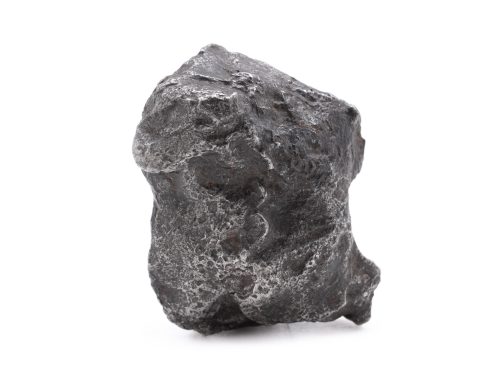
Sikhote-Alin Shrapnel 140.9g
$211.00 Add to cart -
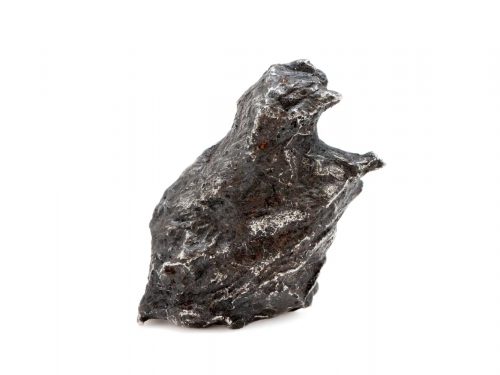
Sikhote-Alin Shrapnel 66.8g
$100.00 Add to cart -

Sikhote-Alin Shrapnel 69.5g
$105.00 Add to cart -
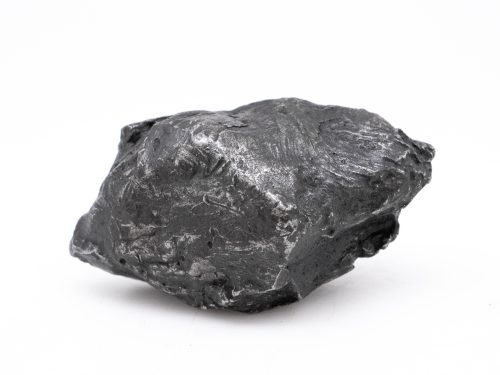
Sikhote-Alin Shrapnel 73.4g
$128.00 Add to cart -
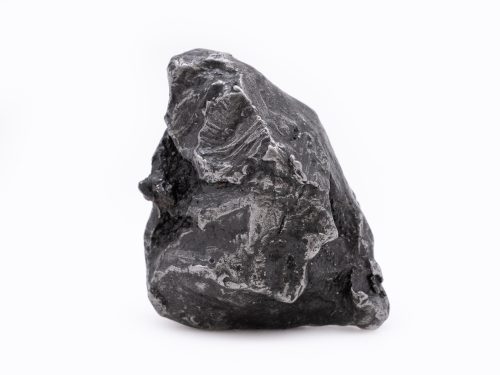
Sikhote-Alin Shrapnel 87.7g
$135.00 Add to cart -
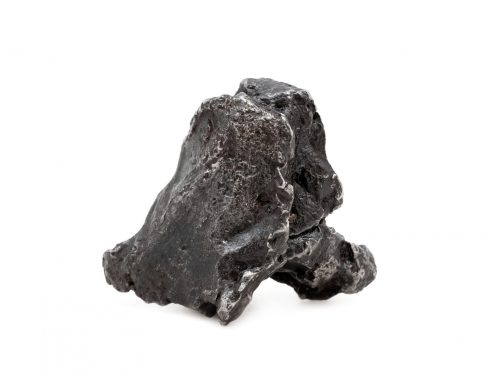
Sikhote-Alin Shrapnel 91.5g
$137.00 Add to cart
Sikhote-Alin Museum Meteorites
Sikhote-Alin Oriented
-
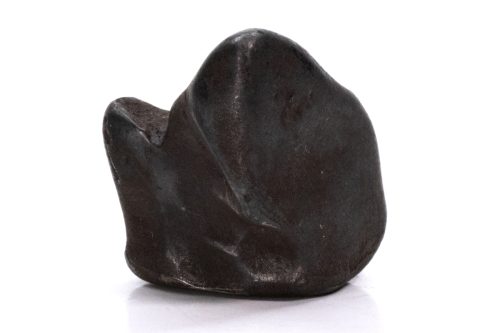
Sikhote-Alin 18.3g
$183.00 Add to cart -
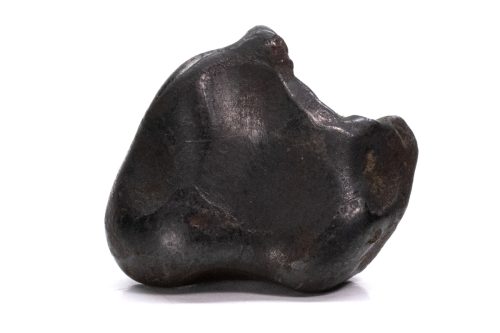
Sikhote-Alin 20.4g
$224.00 Add to cart -
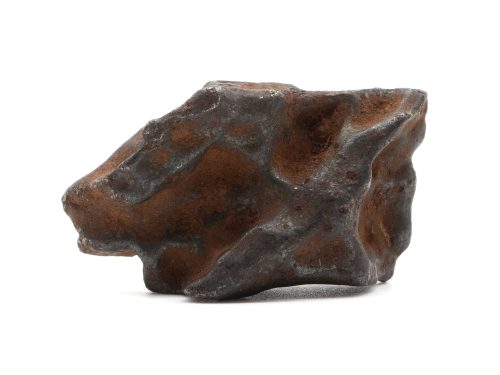
Sikhote-Alin 23.6g
$212.00 Add to cart -
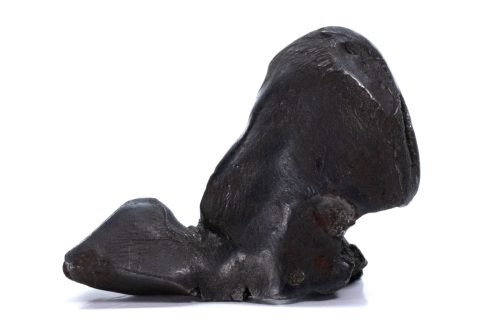
Sikhote-Alin 28.4g
$335.00 Add to cart -

Sikhote-Alin 32.2g
$295.00 Add to cart -
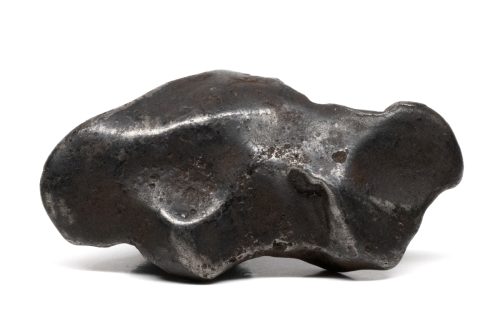
Sikhote-Alin 33.9g
$305.00 Add to cart -

Sikhote-Alin 39.2g
$392.00 Add to cart -
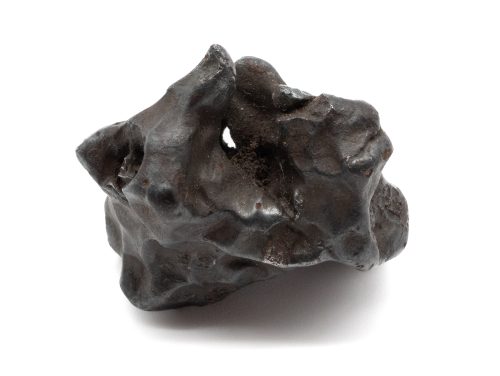
Sikhote-Alin 51.7g
$1,895.00 Add to cart -

Sikhote-Alin 55.0g
$495.00 Add to cart -
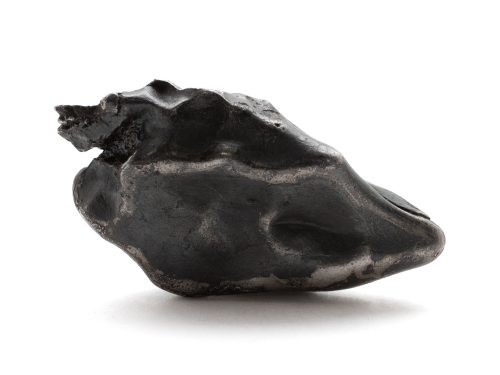
Sikhote-Alin 89.0g
$795.00 Add to cart
Sikhote-Alin Individuals
-
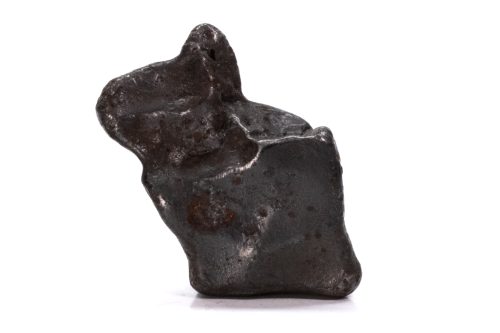
Sikhote-Alin 15.0g
$135.00 Add to cart -
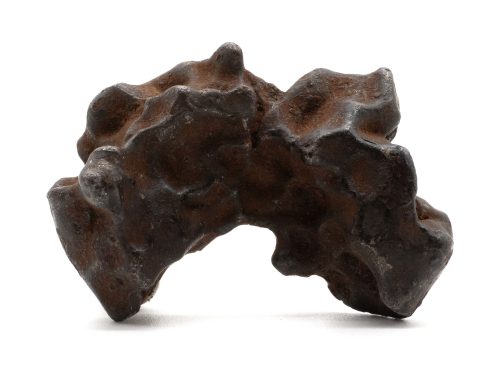
Sikhote-Alin 37.6g
$450.00 Add to cart -

Sikhote-Alin 50.0g
$405.00 Add to cart -

Sikhote-Alin 57.0g
$399.00 Add to cart -
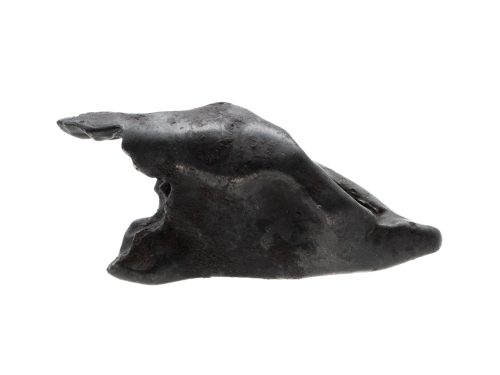
Sikhote-Alin 59.6g
$415.00 Add to cart -
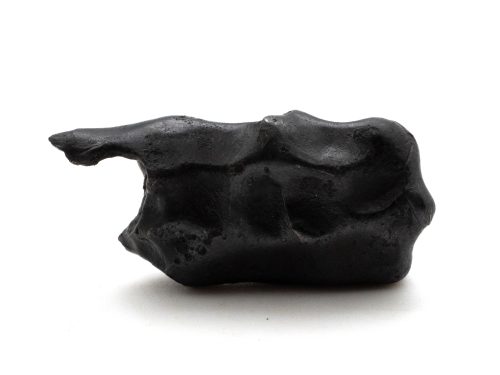
Sikhote-Alin 66.4g
$395.00 Add to cart -
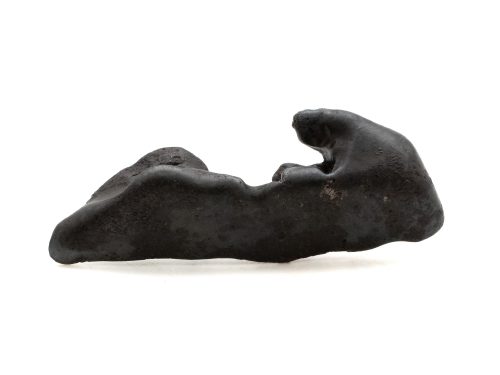
Sikhote-Alin 84.8g
$593.00 Add to cart -

Sikhote-Alin Individual 82.9g
$845.00 Add to cart
-

Toluca 1,022.0g
$1,022.00 Add to cart -

Toluca 1030.0g
$1,030.00 Add to cart -
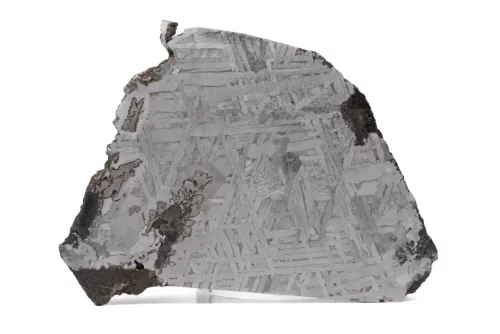
Toluca 109.1g
$325.00 Add to cart -

Toluca 114.3g
$345.00 Add to cart -

Toluca 2,591.0g
$6,495.00 Add to cart -

Toluca 237.6g
$712.00 Add to cart -

Toluca 259.4g
$778.00 Add to cart -

Toluca 3,500.0g
$3,500.00 Add to cart -
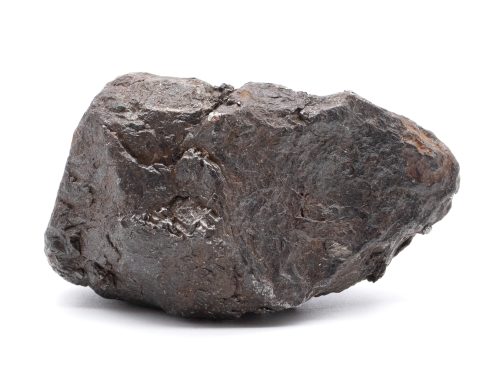
Toluca 387.8g
$388.00 Add to cart -

Toluca 659.0g
$659.00 Add to cart -
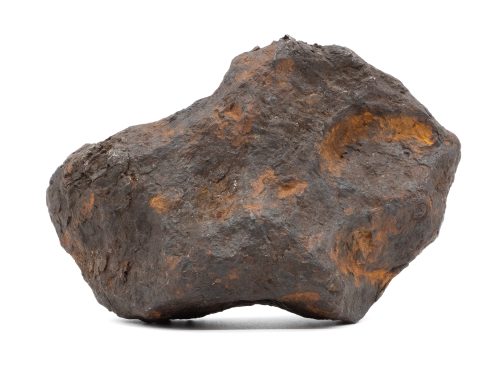
Toluca 7,500.0g
$7,500.00 Add to cart -
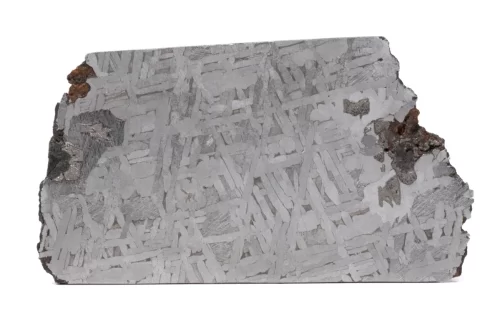
Toluca 78.5g
$235.00 Add to cart -
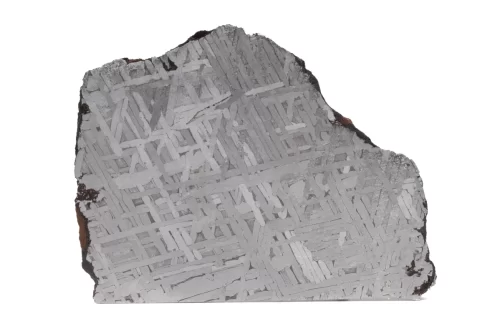
Toluca 96.0g
$288.00 Add to cart

